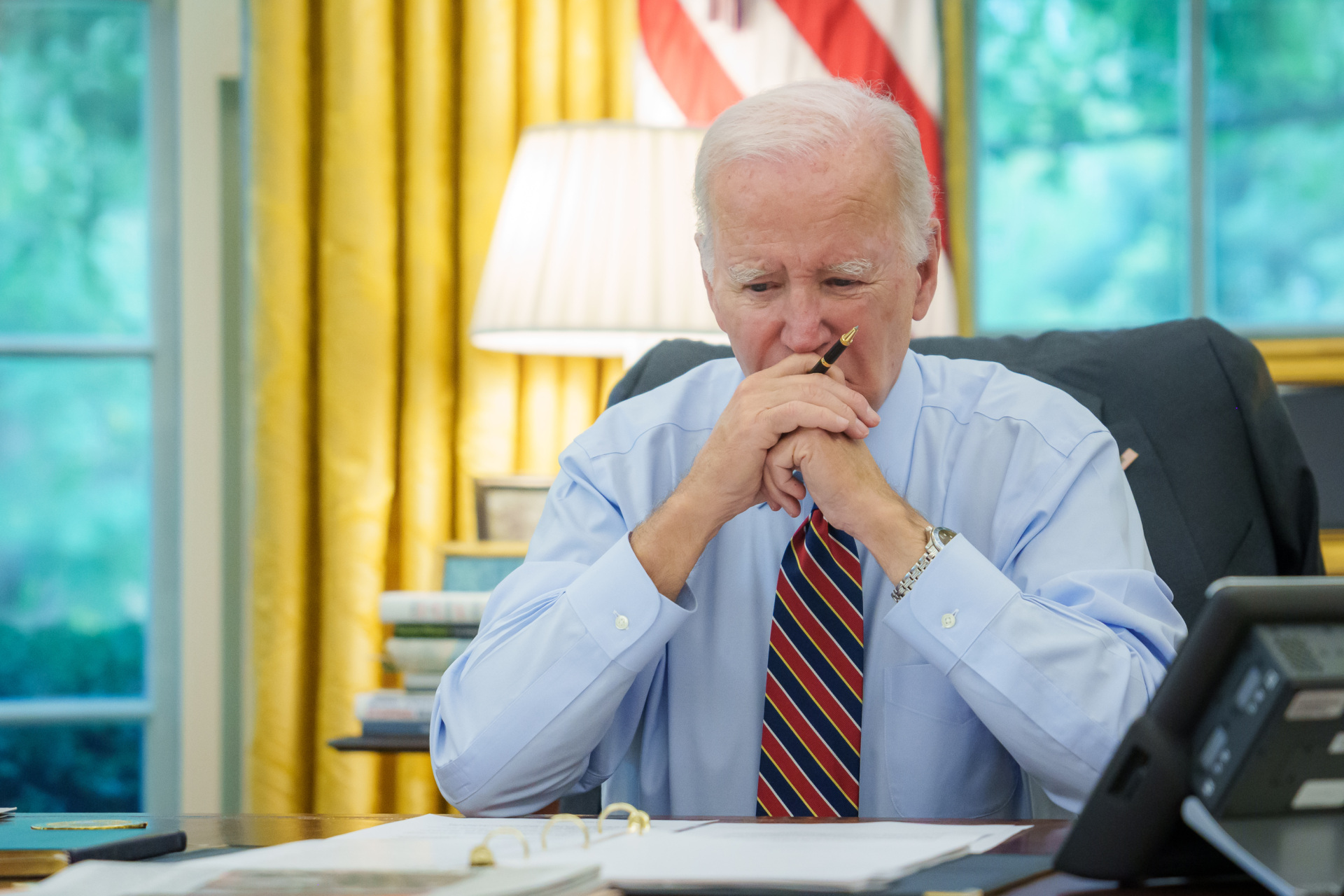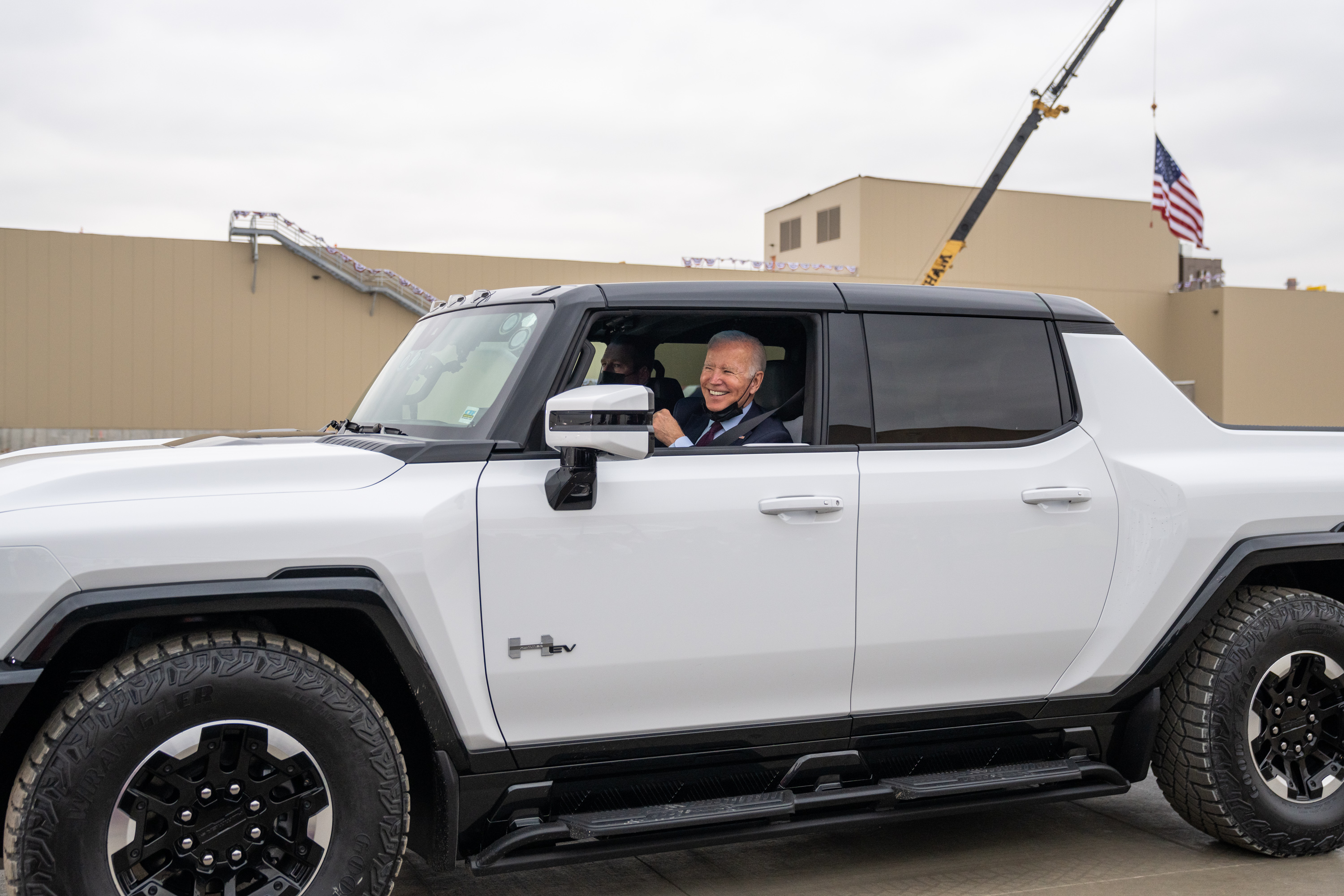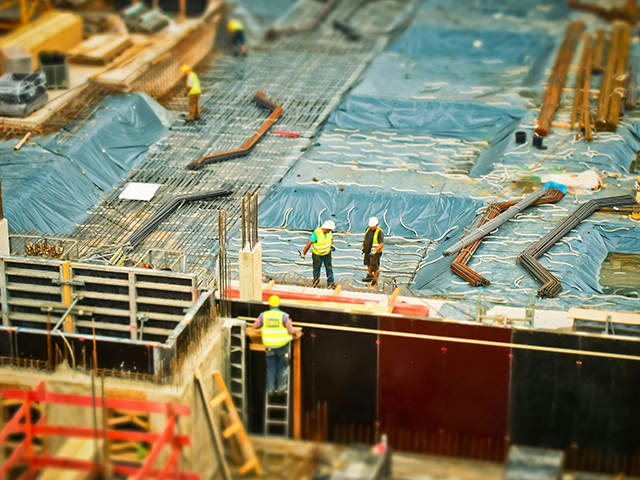The Mystery of U.S. Manufacturing: Growing or Shrinking?
Is the U.S. manufacturing sector expanding or contracting? It depends who you ask.
The most widely followed survey of U.S. factories indicated a decline in June. The Institute for Supply Management’s manufacturing purchasing managers index declined to 48.5 percent in June from 48.7 percent in the prior month.
This is the third consecutive month of decline in the ISM index and the nineteenth decline in the last 20 months.
“U.S. manufacturing activity continued in contraction at the close of the second quarter. Demand was weak again, output declined, and inputs stayed accommodative,” said Timothy Fiore, chairman of the ISM Manufacturing Business Committee.
The ISM’s barometer of new orders improved a bit but remained in contraction territory. The production index fell to 48.5 from the May reading of 50.2, dipping back down into contraction territory. The employment index also fell below the 50 threshold. The inventories index also fell.
“Demand remains subdued, as companies demonstrate an unwillingness to invest in capital and inventory due to current monetary policy and other conditions. Production execution was down compared to the previous month, likely causing revenue declines, putting pressure on profitability,” Fiore said.
That sounds pretty bad for the manufacturing sector but note that it is not all that bad. Fiore notes that readings above 42.5 in the overall manufacturing index generally indicate an expansion of the overall economy. So, we’re still comfortably in the range where we should expect the U.S. economy to be expanding.
The Other Survey Says We’re Growing
The other widely followed barometer of U.S. manufacturing, however, registered an expansion of activity in May. The S&P Global PMI has been in positive territory in five of the first six months of this year, much better than last year when it detected expansion only once.
What’s more, the S&P survey found the fastest increase in employment since September 2022.
“Although client demand remained muted and business confidence hit a 19-month low, new orders rose for a second month running,” S&P said in its report Monday.
The looming presidential election appears to be weighing on business confidence, according to S&P Global.
“Factories have been hit over the past two years by demand switching post-pandemic from goods to services, while at the same time household and business spending power has been diminished by higher prices and concerns over higher-for-longer interest rates. These headwinds persisted into June, accompanied by heightened uncertainty about the economic outlook as the presidential election draws closer. Business confidence has consequently fallen to the lowest for 19 months, suggesting the manufacturing sector is bracing itself for further tough times in the coming months,” said Chris Williamson, S&P Global’s chief business economist.

President Joe Biden on October 9, 2023. (Official White House Photo by Adam Schultz via Flickr)
Both reports had good news on the inflation report. The ISM measure of prices paid by manufacturers fell to a six-month low. This indicates that prices are still rising but at a slower pace than any time since the start of the year.
S&P measure of selling prices increased at the slowest pace in the year-to-date. But its measure of input prices continued to rise sharply, although not as sharply as in the previous month.
So, who is right? Unfortunately, both measures have similar track records, so there’s no obvious reason to put more faith in one or the other. ISM’s survey covers larger and more international companies, so it may be more affected by demand for exports. The S&P Global’s survey coverage is more concentrated on companies manufacturing for domestic consumption, so it may be telling us more about demand here in the U.S.
Manufacturing Construction Is Still Booming
We can add a third data point to the analysis. In a separate report Monday, the Commerce Department said that construction spending on manufacturing facilities rose 1.34 percent in May, a very significant increase. Compared with a year ago, it is up 20.3 percent. In the first five months of the year, it is up 26.9 percent compared with the same period a year earlier.
This is even more notable because overall construction spending, including most private sector business spending and homebuilding, declined in May, likely due to the weight of higher interest rates.
Why would construction spending on manufacturing be rising so fast if activity is sluggishly growing or slumping and confidence is waning? The answer is that the government is pouring lots of funds into subsidizing state-favored projects like chip making and supposedly climate-friendly manufacturing.

President Joe Biden test drives the Hummer EV during a tour of the General Motors Factory ZERO electric vehicle assembly plant on November 17, 2021, in Detroit. (Official White House Photo by Adam Schultz via Flickr)
But this raises the question of how much wasteful construction may be happening. Perhaps most of it will turn out to be a worth-while long-term investment in productive capacity. But the subsidies could also be distorting the choices of businesses, leading to uneconomic construction simply because the government is footing so much of the bill. That would not be sustainable long-term.

COMMENTS
Please let us know if you're having issues with commenting.